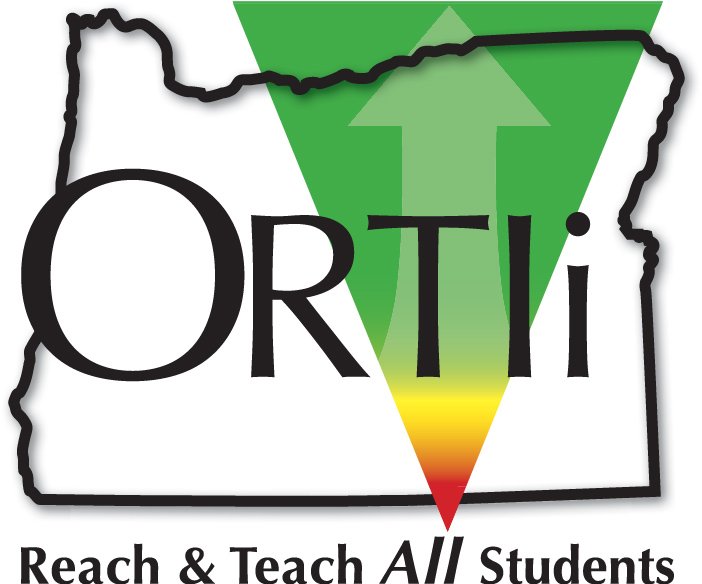Progress Monitoring
Item 34. Research-based progress monitoring measures are used
Recommendations
In an RTI system, students in interventions have their progress monitored frequently, every week or two for elementary students. This provides data that allows team members to gauge the student’s response to the intervention and to adjust or intensify the intervention as needed. Typically the same measures used for universal screening are used for progress monitoring. Similar to universal screeners, progress-monitoring measures are:
- Brief and easy to administer
- Given multiple times a year (weekly, bi-monthly, or monthly)
- Available in multiple equivalent forms
- Sensitive to growth
- Reliable and valid indicators of academic risk
Progress Monitoring has the following benefits when implemented correctly:
- Students learn more quickly and make greater achievement gains because they are receiving more appropriate instruction
- Teachers make more informed instructional decisions
- Documentation of student progress is available for accountability purposes
- Communication improves between families and professionals about student progress
- Teachers have higher expectations for their students; and, in many cases
- There is a decrease in special education referrals.
In order to be used effectively, progress-monitoring data should be graphed, and progress towards an ambitious but attainable student goal should be evaluated using pre-determined decision rules created at the school district level. Progress-monitoring measures must also be appropriately matched to the instructional skills being taught in the interventions and given at an appropriate frequency.
Resources

